Sand’s Corydoras - Corydoras davidsandsi
Scientific name: Corydoras davidsandsi
Common name: Sand’s Corydoras
Family: Callichthyidae
Usual size in fish tanks: 5 - 6 cm (1.97 - 2.36 inch)
014
Recommended pH range: 5 - 7
Recommended water hardness: 4 - 18°N (71.43 - 321.43ppm)
0°C 32°F30°C 86°F
Recommended temperature range: 20 - 28 °C (68 - 82.4°F)
The way how these fish reproduce: Spawning
Where the species comes from: South America
Temperament to its own species: peaceful
Temperament toward other fish species: peaceful
Usual place in the tank: Bottom levels
Origin
Sand’s corydoras (Corydoras davidsandsi) originates from South America, specifically from the tributaries of the Amazon basin in Brazil. These fish are typically found in slow-moving streams and rivers with soft, sandy bottoms and dense vegetation.
Short description
Corydoras davidsandsi is a peaceful bottom-dwelling catfish that resembles the popular panda cory but grows slightly larger, reaching up to 6 cm (2.4 inches). Its body is off-white with distinctive black markings around the head and along the dorsal region. Like other Corydoras, it is armored with small bony plates and possesses a modified intestine that allows it to gulp atmospheric air from the surface. These social fish thrive in groups and are a great addition to community aquariums with other peaceful species. They are active, amusing to watch, and help keep the substrate clean by sifting through it.
Lifespan
With proper care, Sand’s corydoras typically lives between 3 and 5 years, though some individuals may live longer under optimal conditions.
General care
Sand’s corydoras should be kept in groups of at least 5 individuals. A tank of 90 cm (36 inches) in length is the minimum recommended to provide ample swimming space. Use soft, sandy substrate to protect their delicate barbels, and maintain stable water conditions with temperatures between 20–28 °C (68–82.4 °F), a pH of 5.0–7.0, and moderate hardness. Avoid sharp decorations and rough substrates.
Install a reliable filtration system and perform regular water changes to maintain excellent water quality. Be cautious when handling these fish, as they have sharp pectoral fin spines that can cause minor injuries or get caught in nets.
Feeding
These omnivorous catfish accept a wide variety of foods. Offer a staple of sinking pellets or wafers, and supplement their diet with live or frozen treats such as bloodworms, daphnia, or brine shrimp. Blanched vegetables like zucchini or peas can be provided occasionally. Feed once or twice daily, and remove any uneaten food to maintain water quality.
Sexing
Females are generally larger and rounder-bodied than males, especially when viewed from above. Males tend to be slimmer and may appear slightly more active during spawning behavior.
Breeding
Breeding Corydoras davidsandsi is similar to breeding other Corydoras species. Set up a separate tank with soft, slightly acidic water and an air-driven sponge filter. Add spawning mops or fine-leaved plants, and use a ratio of two males per female. Condition the adults with protein-rich live or frozen foods until females become visibly gravid.
A large water change using slightly cooler water can trigger spawning. Eggs are scattered across the tank, including on the glass and plants. After spawning, remove the adults to prevent egg predation. Eggs hatch in 3–4 days, and fry become free-swimming after a few more days. Start feeding with newly hatched brine shrimp or commercial fry food, and perform gentle daily water changes to ensure survival.
Suitable tankmates
Sand’s corydoras is peaceful and does well in community aquariums with similarly tempered species. Ideal tankmates include:
- Neon tetras
- Harlequin rasboras
- Honey gouramis
- Ember tetras
- Otocinclus catfish
- Other peaceful Corydoras species
Recommended plants
Plants create a natural environment and provide hiding spots, especially important for shy bottom-dwellers like Corydoras. Suitable plants include:
- Java fern (Microsorum pteropus)
- Cryptocoryne wendtii
- Amazon sword (Echinodorus spp.)
- Anubias barteri
- Java moss
Pictures
Bought by aqua-fish.net from jjphoto.dk
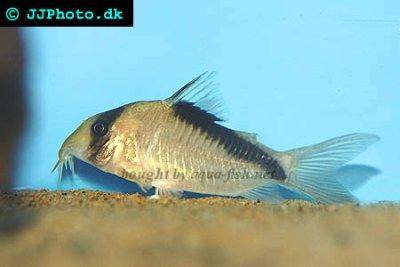


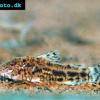 Aspidoras
Aspidoras 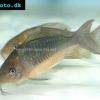 Giant
Giant 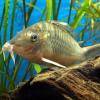 Hognosed
Hognosed 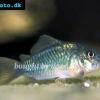 Emerald
Emerald 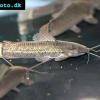 Cascarudo
Cascarudo 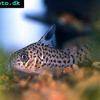 Acre
Acre 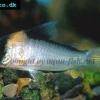 Adolfo’s
Adolfo’s 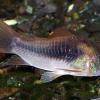 Bronze
Bronze  Agassizii’s
Agassizii’s 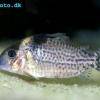 Spotted
Spotted 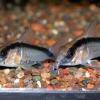 Skunk
Skunk 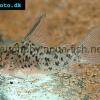 Corydoras
Corydoras 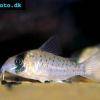 Fairy
Fairy 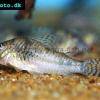 Corydoras
Corydoras 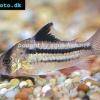 Pink
Pink 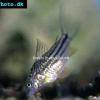 San
San 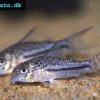 Bond’s
Bond’s 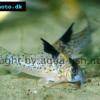 Spotted
Spotted 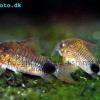 Tailspot
Tailspot 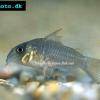 Concolor
Concolor  Cope’s
Cope’s 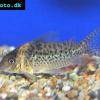 False
False 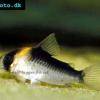 False
False 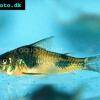 Ehrhardt’s
Ehrhardt’s 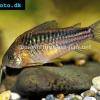 Elegant
Elegant 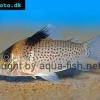 Saddle
Saddle 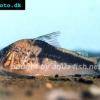 Fowler’s
Fowler’s 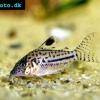 Gomezi
Gomezi 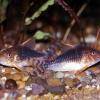 Palespotted
Palespotted 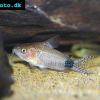 Guapore
Guapore 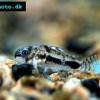 Dainty
Dainty 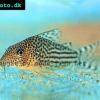 Mosaic
Mosaic 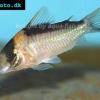 Imitator
Imitator 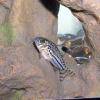 Julii
Julii 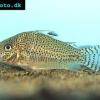 Leopard
Leopard 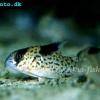 Black
Black 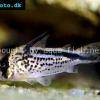 Slant-bar
Slant-bar 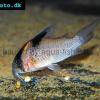 Bluespotted
Bluespotted  False
False 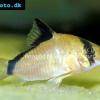 Bandit
Bandit 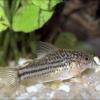 Mini
Mini 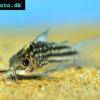 Napo
Napo 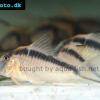 Corydoras
Corydoras  Blue
Blue 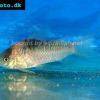 Nijssen’s
Nijssen’s 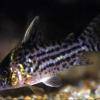 Ornate
Ornate 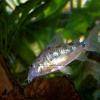 Peppered
Peppered 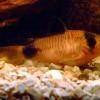 Panda
Panda 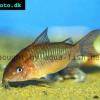 Albertini
Albertini 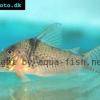 Pastaza
Pastaza 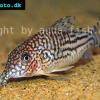 Corydoras
Corydoras 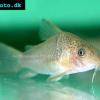 Many-spotted
Many-spotted 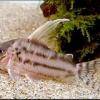 Pretty
Pretty 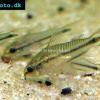 Dwarf
Dwarf  Iridescent
Iridescent 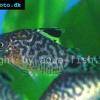 Reticulated
Reticulated 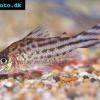 Bannertail
Bannertail 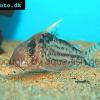 Robust
Robust 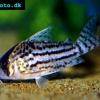 Schwartz’s
Schwartz’s 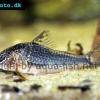 Black
Black 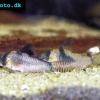 Longnosed
Longnosed 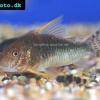 Seuss’
Seuss’ 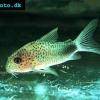 Smudge
Smudge 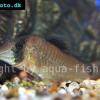 Masquerade
Masquerade 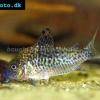 False
False 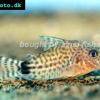 Millenium
Millenium 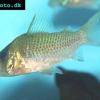 Pinkthroat
Pinkthroat 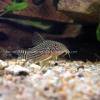 Sterba’s
Sterba’s 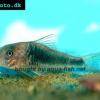 Longsnout
Longsnout 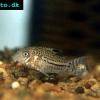 False
False 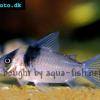 Miguelito
Miguelito 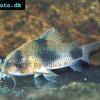 Twosaddle
Twosaddle 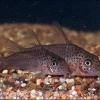 Xingu
Xingu 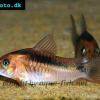 Black
Black 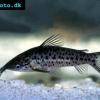 Porthole
Porthole 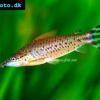 Flagtail
Flagtail 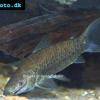 Brown
Brown 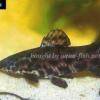 Spotted
Spotted